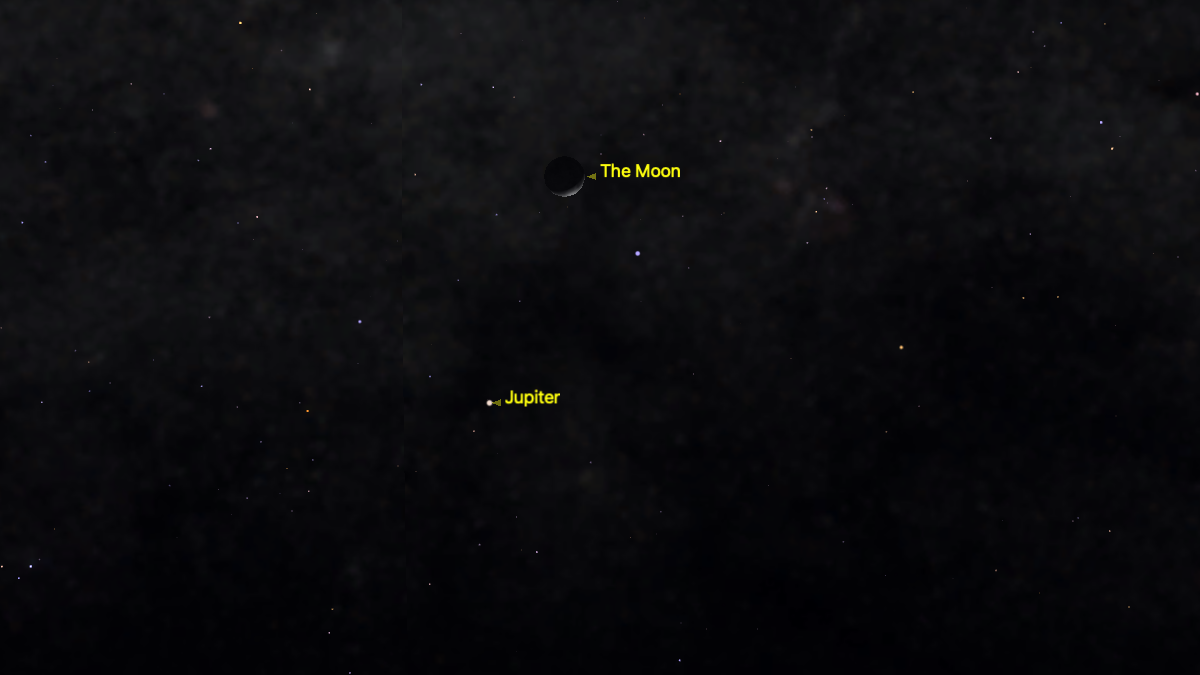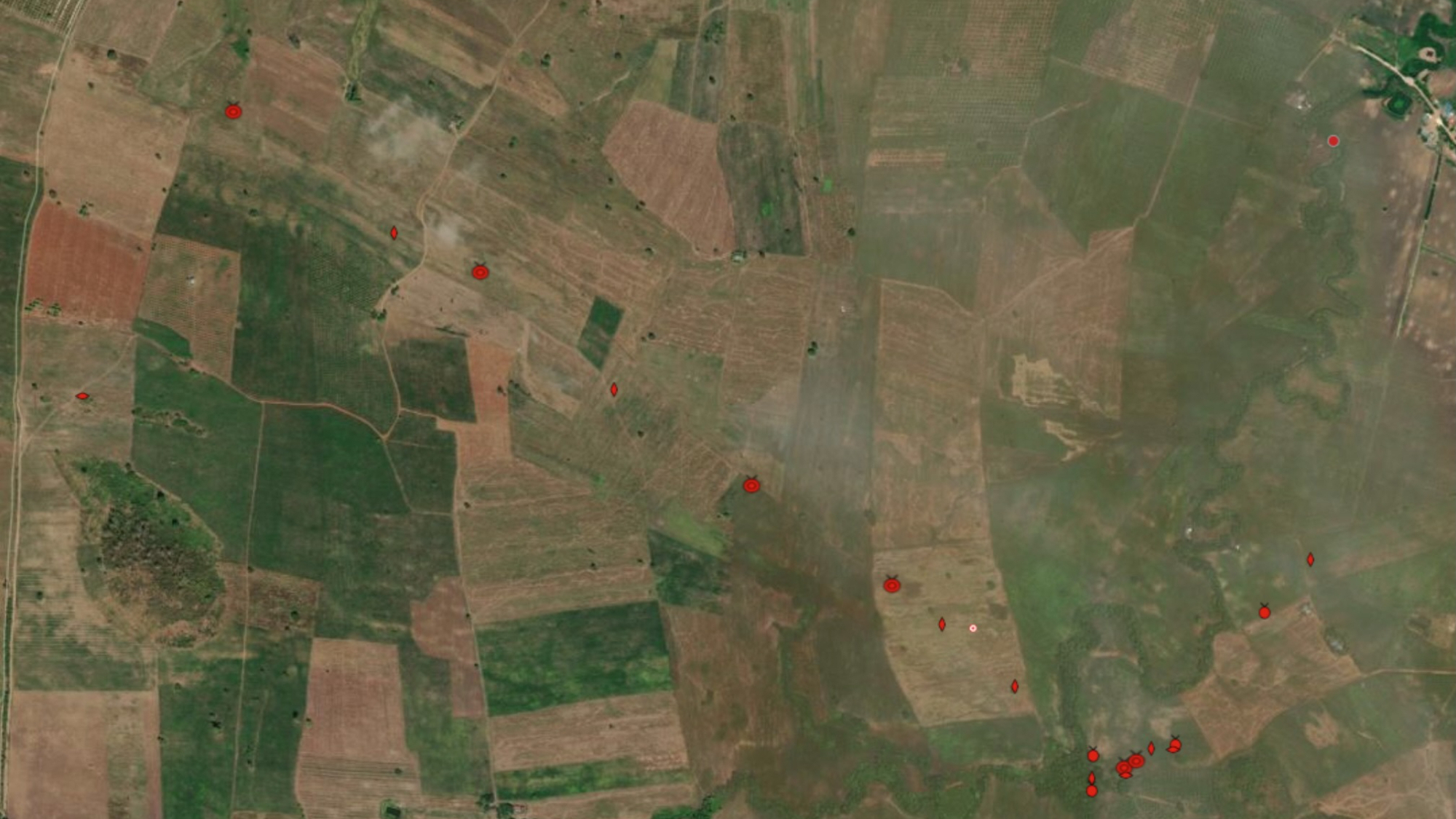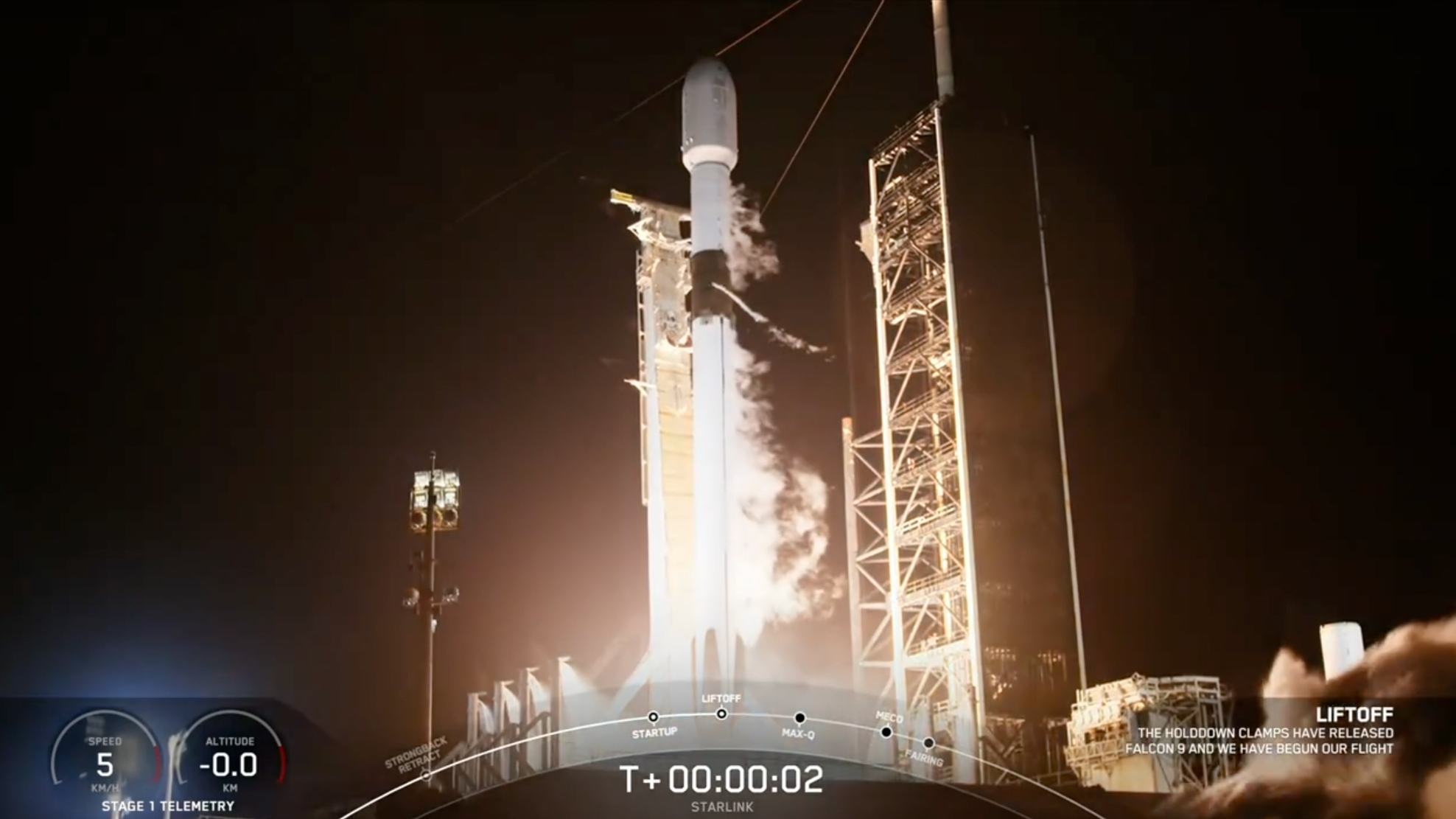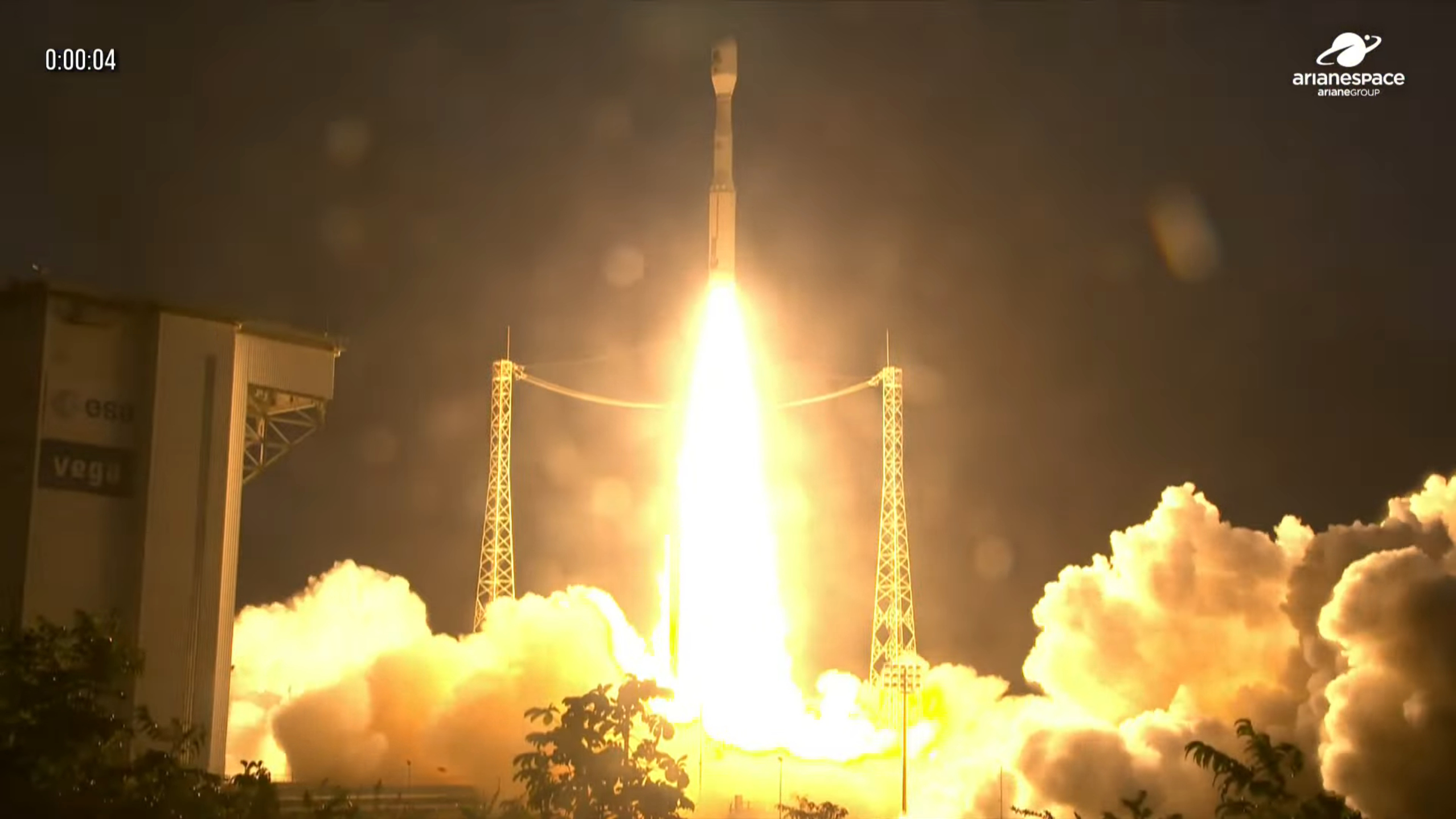Image of the Day: September 2012
Image of the Day Archives

For older Image of the Day pictures, please visit the Image of the Day archives. Pictured: NGC 2467.
Happy Labor Day!
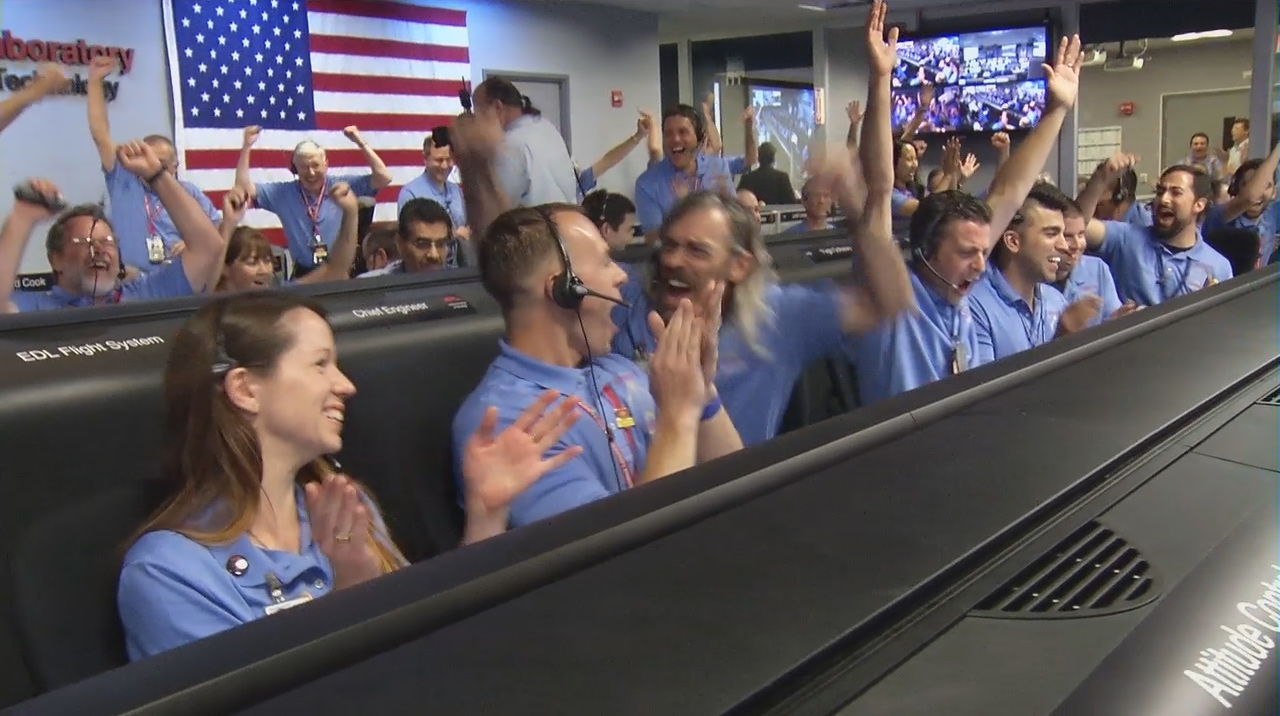
Monday, September 3, 2012: Happy Labor Day from SPACE.com. Here’s a photo of some American workers doing what they do best: landing a rover on Mars! The entry, descent and landing team of the Mars Science Laboratory mission celebrated inside the Jet Propulsion Laboratory in Pasadena, CA, as they learned that Curiosity rover successfully touched down on the red planet, August 5, 2012 (August 6 EDT). Bobak Ferdowsi, NASA’s “Mohawk Guy,” appears 5th from left in the front row (mohawk partially obscured).
— Tom Chao
A Hot Pink Shell Of My Former Self
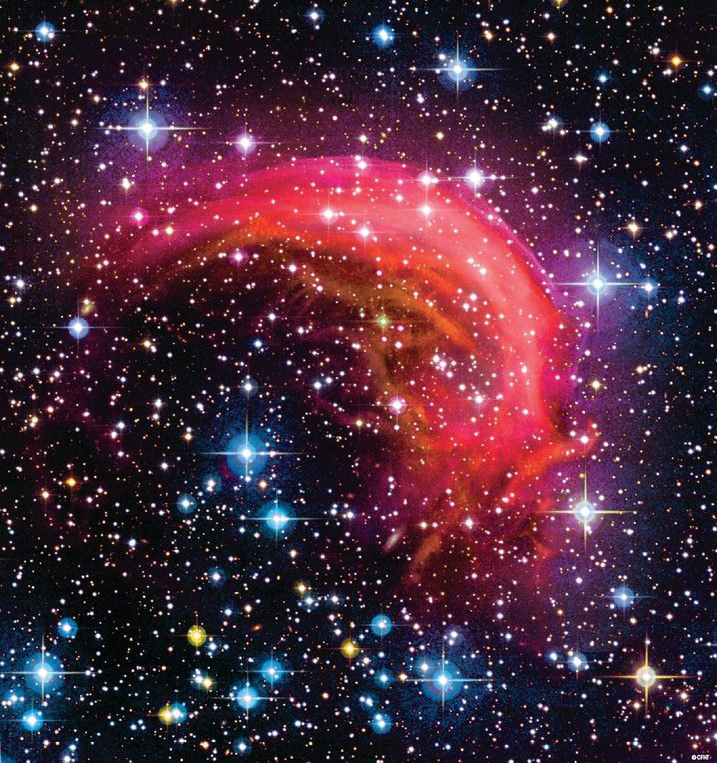
Tuesday, September 4, 2012: Sh2-188, a planetary nebula, consists of a one-sided shell of material colliding with the interstellar medium, triggering shock wave structures. The planetary nebula phase is a short period during the evolution of a sun-like star in which for some tens of thousands of years the star ejects its outer layers into outer space. (Planetary nebulas have nothing to do with planets, but were misnamed by astronomer William Herschel, who thought they resembled Uranus, which he discovered.)
— Tom Chao
Shoot for the Stars
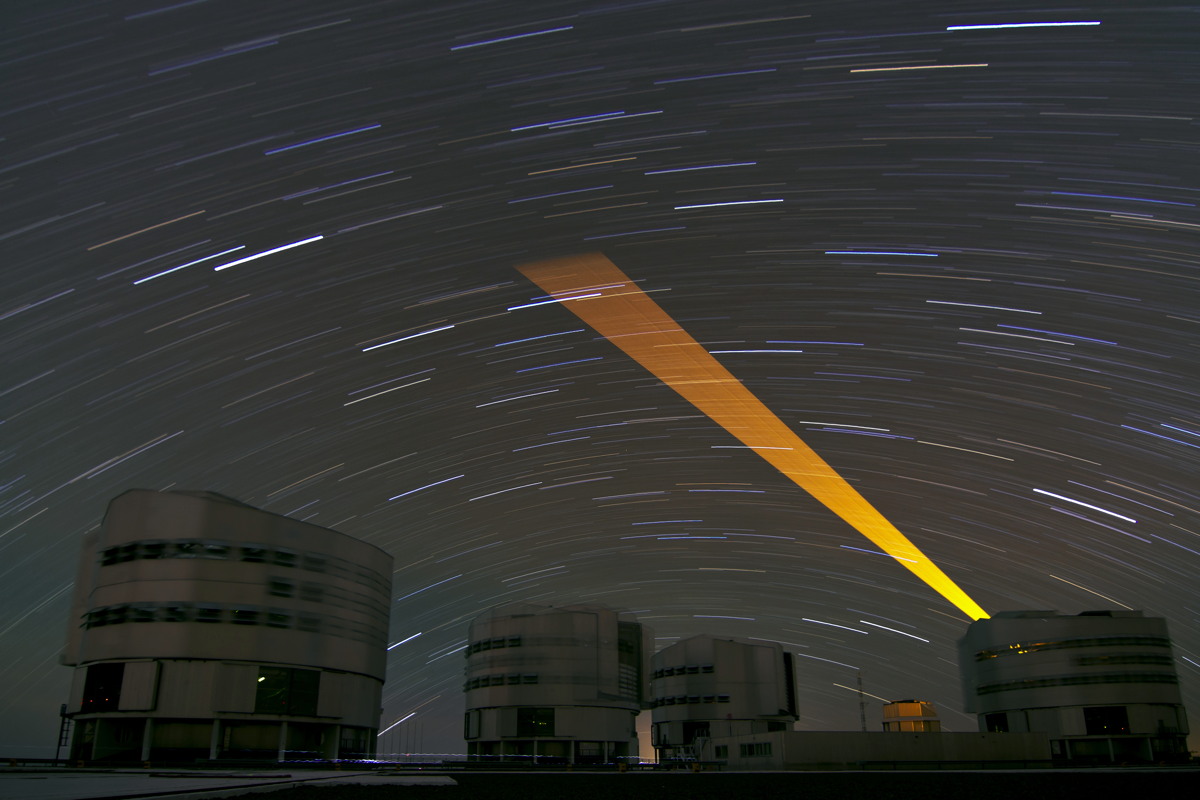
Wednesday, September 5, 2012: A powerful laser beam from ESO’s Very Large Telescope (VLT) sweeps through the night sky over the Chilean Atacama Desert. A 30-minute exposure caused the laser beam to appear spread out, as well as stretching the stars into curved trails as the Earth rotated beneath the sky. The laser creates an artificial star used to assist in correcting the blurring effect of the atmosphere. Image released on August 20, 2012.
— Tom Chao
Double Impact
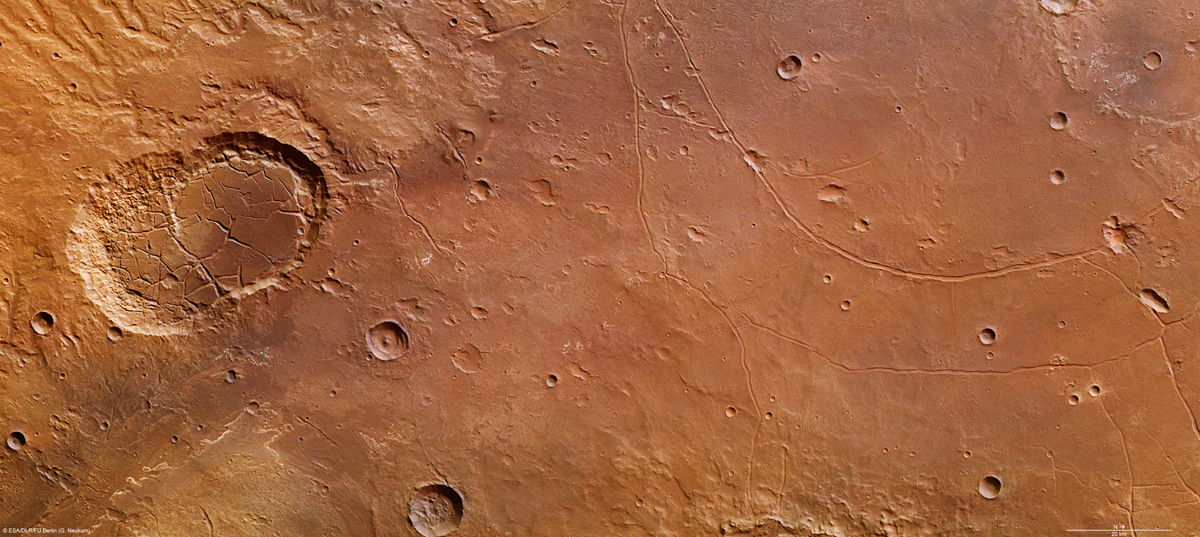
Thursday, September 6, 2012: Two interconnected craters in the Ladon basin appear in sharp relief in this photo taken by ESA’s Mars Express spacecraft. Scientists believe the craters, Sigli and Shambe, formed when a large meteorite fragmented into two pieces before impact. The craters show extensive fracturing. The image centers on the area around 18°S and 329°E.
— Tom Chao
One of These Is Not Like the Others
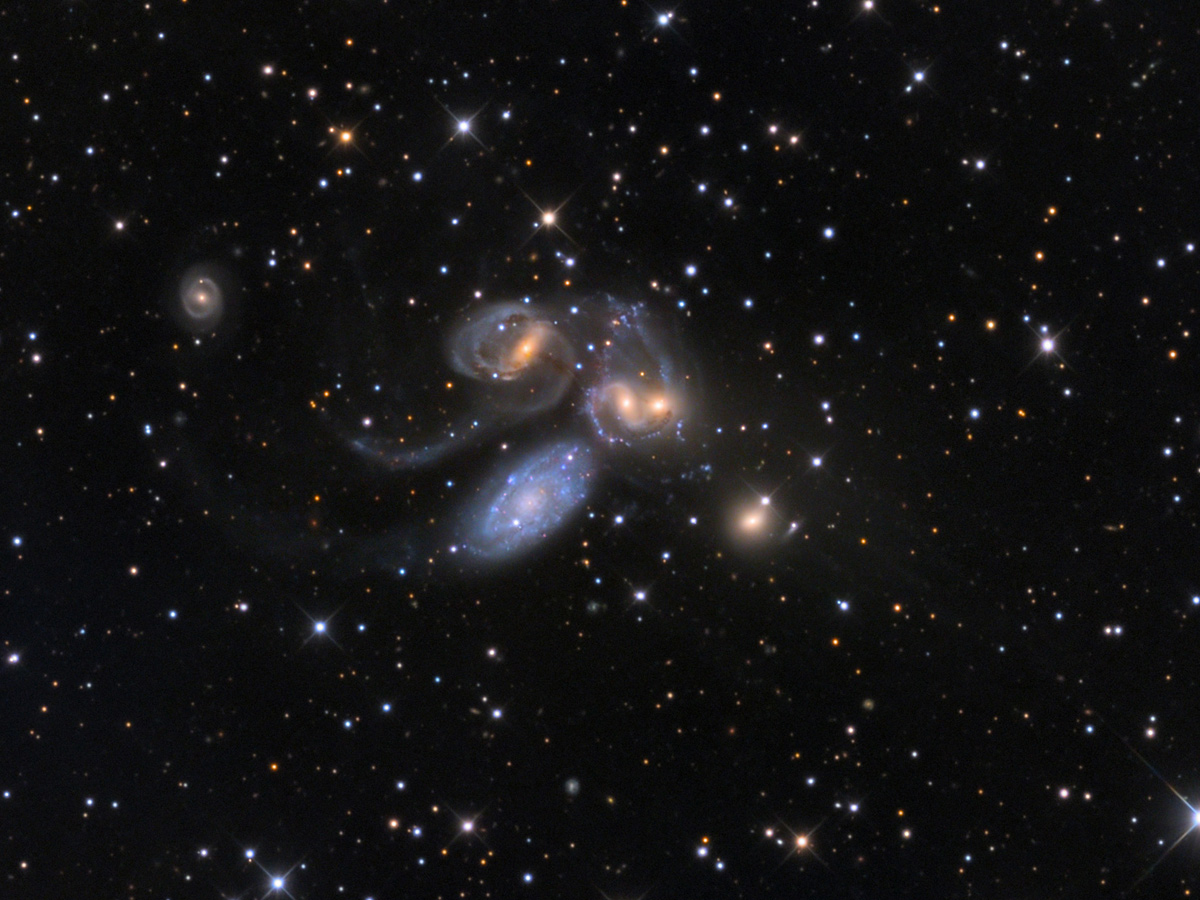
Friday, September 7, 2012: Adam Block of the Mount Lemmon SkyCenter in Arizona produced this photo of Stephan’s Quintet in July 2012. The five galaxies of the quintet include NGC 7319, 7318A, 7318B, and 7317, all yellowish in color. They can be seen interacting with each other about 300 million light-years from Earth. Bluish NGC 7320 lies closer than the other four, at a distance of only 40 million light years.
— Tom Chao
A Quiet, Normal Galaxy
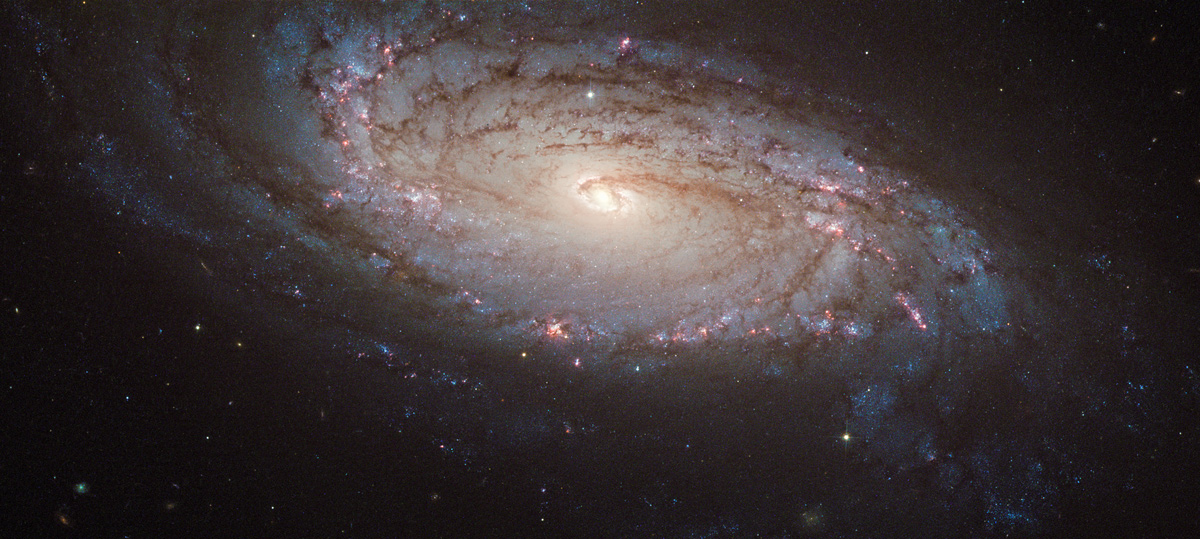
Monday, September 10, 2012: A new image from the NASA/ESA Hubble Space Telescope shows NGC 5806, a spiral galaxy in the constellation Virgo (the Virgin). It lies around 80 million light years from Earth. Also visible in this image is a supernova explosion called SN 2004dg, a faint yellowish dot near the bottom of the galaxy. Aside from the supernova, NGC 5806 doesn’t possess any remarkable qualities, as far as spiral galaxies go. Image released August 27, 2012.
— Tom Chao
Get the Space.com Newsletter
Breaking space news, the latest updates on rocket launches, skywatching events and more!
9/11 Remembered
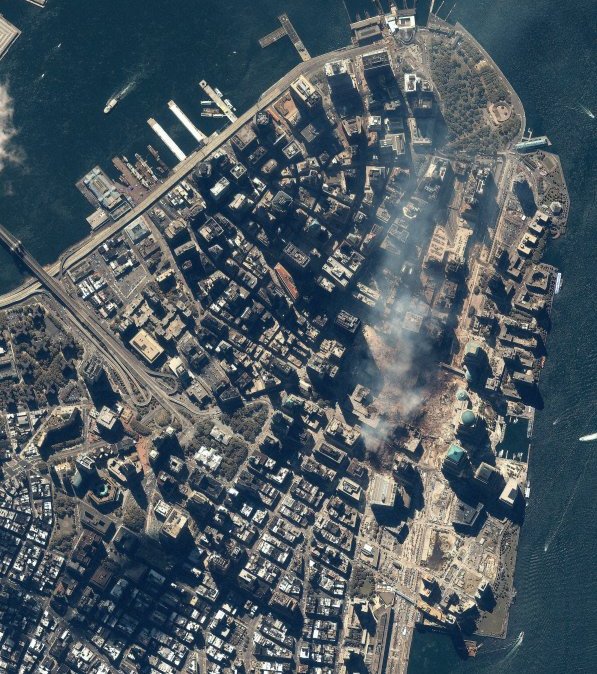
Tuesday, September 11, 2012: Space Imaging's IKONOS satellite collected this image of Manhattan, New York at 11:54 a.m. EDT on Sept. 15, 2001. The image shows the remains of the 1,350-foot towers of the World Trade Center, and the debris and dust that settled throughout the area. Also visible are many emergency and rescue vehicles in the streets. IKONOS orbits 423 miles above the Earth's surface at a speed of 17,500 miles per hour.
“We Choose to Go to the Moon”

Wednesday, September 12, 2012: 50 years ago, on September 12, 1962, President John F. Kennedy gave a speech at Rice University that has reverberated through the years to this day. In it, he famously remarked, “We choose to go to the moon in this decade and do the other things, not because they are easy, but because they are hard …” At the start of the space race between the United States and the Soviet Union, this speech laid out the necessity for the US to lead the world in space exploration. [See full story.]
— Tom Chao
The Klumps
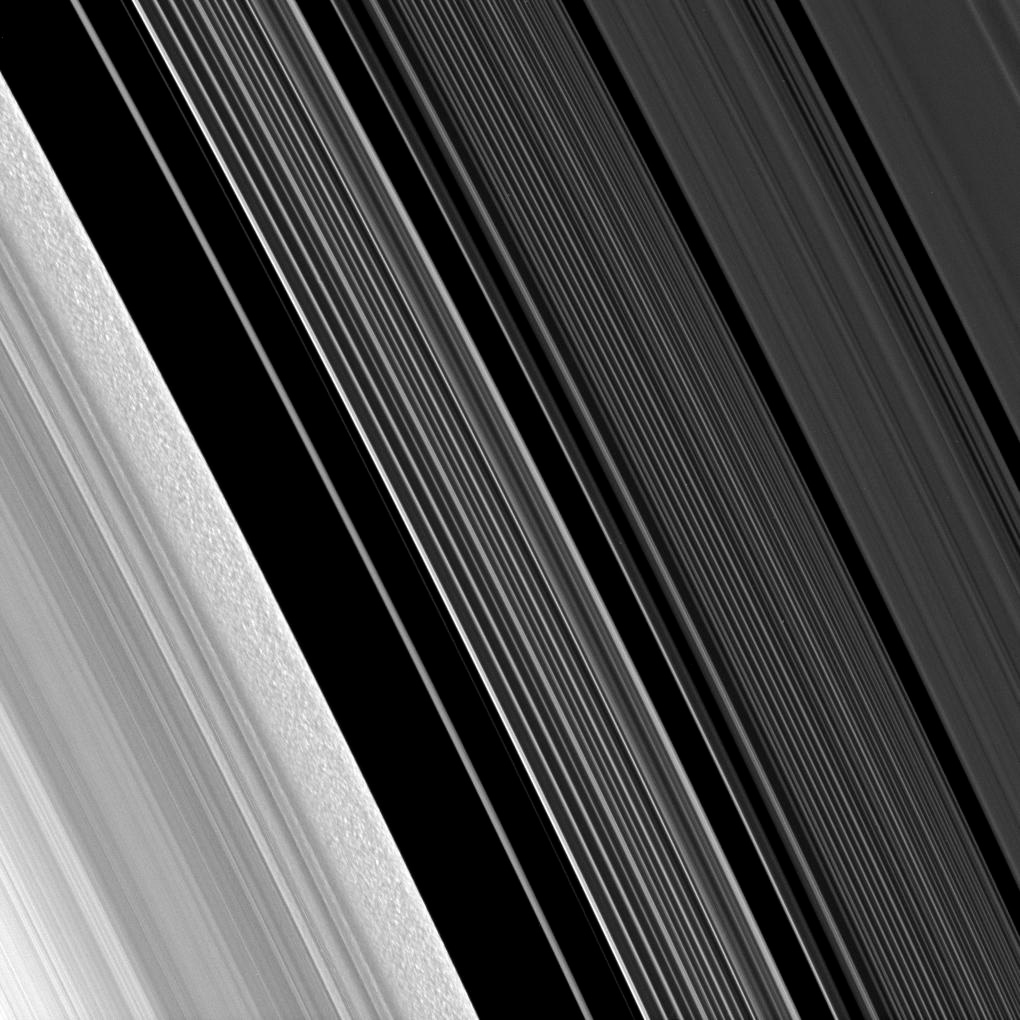
Thursday, September 13, 2012: Clumpy particles in Saturn’s lighter B-ring (at left) contrast with ringlets seen at right in this view presented by the Cassini spacecraft. Saturn’s B-ring is the largest and brightest of the gas giant’s rings, influenced by the moon Mimas, which is thought to cause the clumping. This image was taken in visible light on July 10, 2009, from a distance of 198,800 miles (320,000 km) from Saturn.
— Tom Chao
Circle Sky
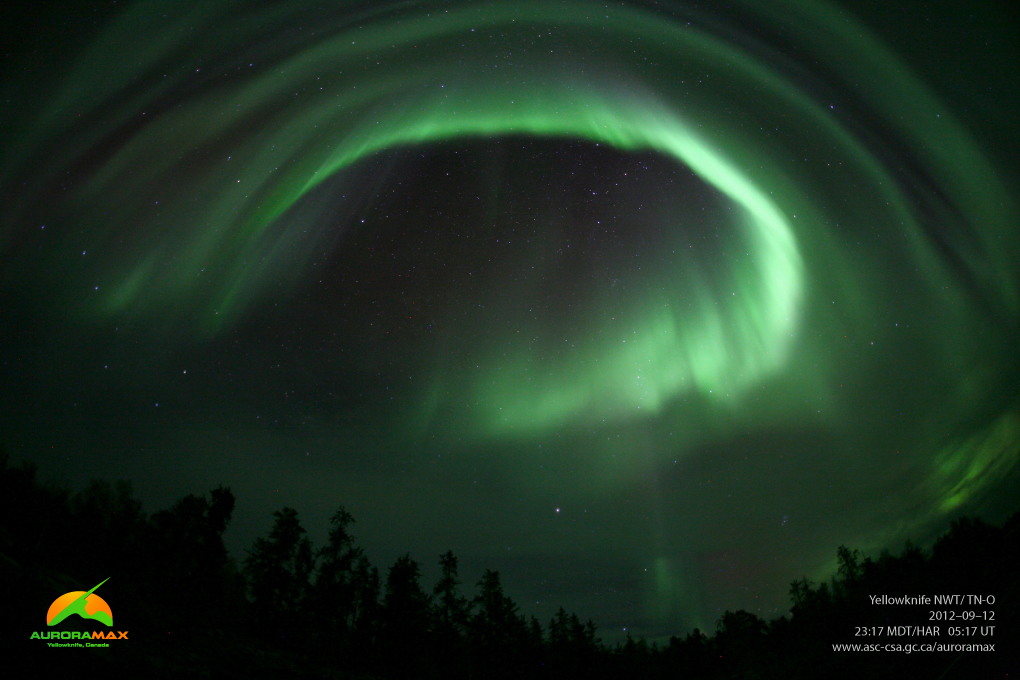
Friday, September 14, 2012: AuroraMAX observatory took this image of an auroral display over Yellowknife, Canada, on September 12, 2012.
— Tom Chao
Join our Space Forums to keep talking space on the latest missions, night sky and more! And if you have a news tip, correction or comment, let us know at: community@space.com.

Space.com is the premier source of space exploration, innovation and astronomy news, chronicling (and celebrating) humanity's ongoing expansion across the final frontier. Originally founded in 1999, Space.com is, and always has been, the passion of writers and editors who are space fans and also trained journalists. Our current news team consists of Editor-in-Chief Tariq Malik; Editor Hanneke Weitering, Senior Space Writer Mike Wall; Senior Writer Meghan Bartels; Senior Writer Chelsea Gohd, Senior Writer Tereza Pultarova and Staff Writer Alexander Cox, focusing on e-commerce. Senior Producer Steve Spaleta oversees our space videos, with Diana Whitcroft as our Social Media Editor.
